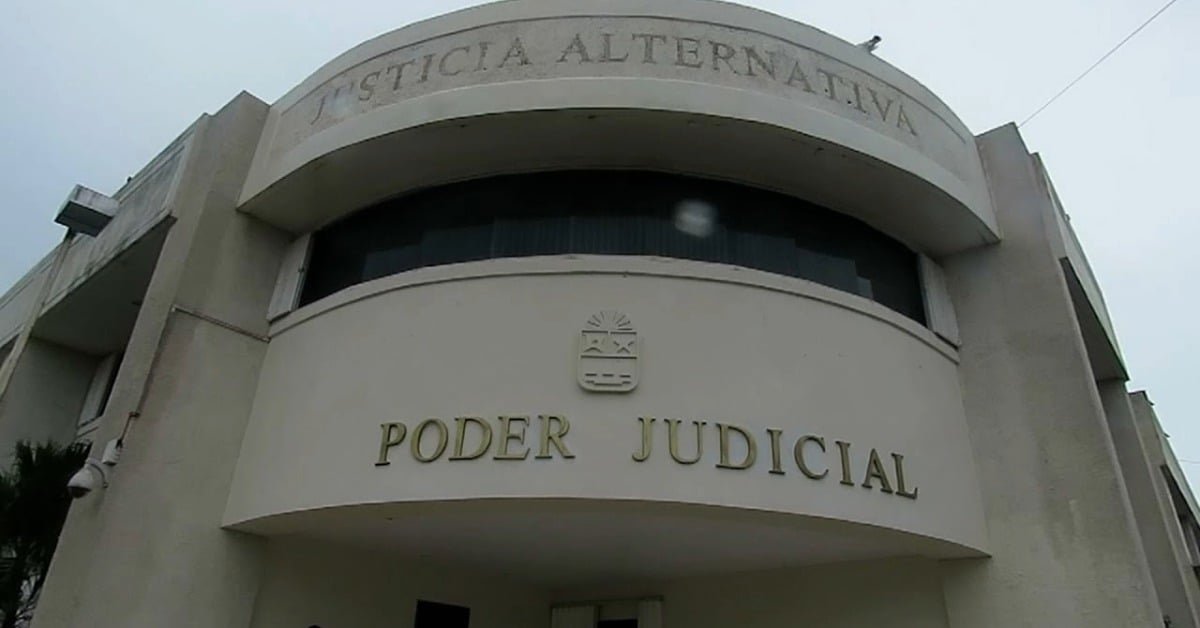Monday morning turned tense at the Judicial Branch offices on Avenida Jacinto Pat in Playa del Carmen when a newly installed elevator suddenly fell during a routine inspection . . .

Monday morning turned tense at the Judicial Branch offices on Avenida Jacinto Pat in Playa del Carmen when a newly installed elevator suddenly fell during a routine inspection . . .
